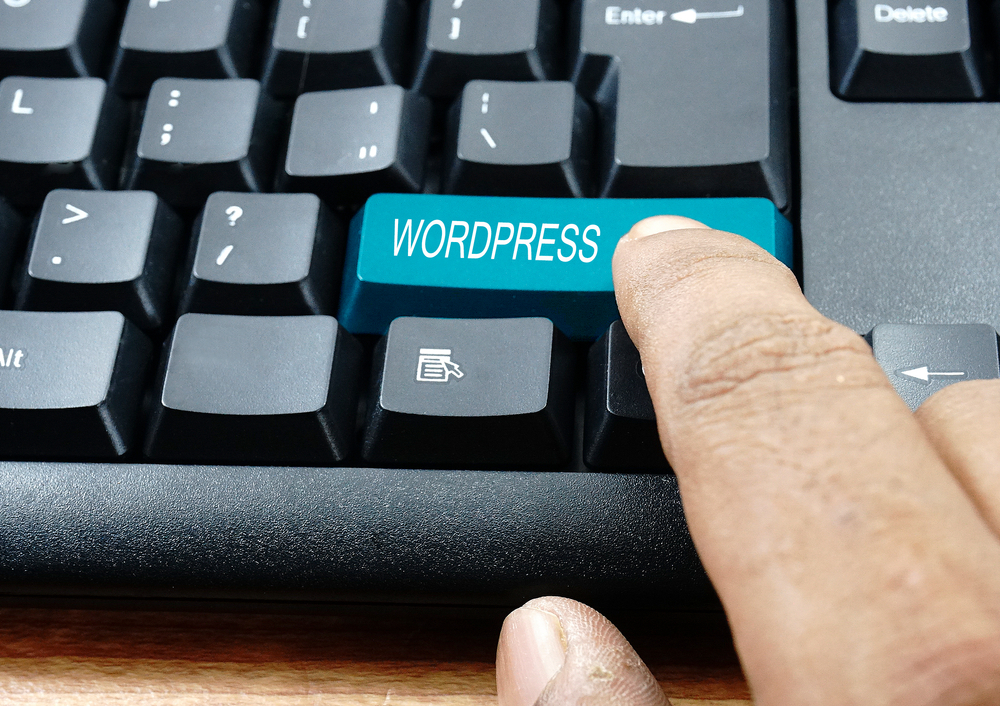
WordPress (or WP) is undoubtedly the most popular content management system (CMS) in the world. It powers over 40% of all websites on the internet, providing users with a simple and intuitive interface to create and manage their online presence. While WordPress (WP) offers a plethora of features out of the box, mastering its customization and maintenance can take your website to the next level. In this article, we will explore some essential tips and tricks to help you maximize the potential of your WordPress (the platform for bloggers) site.
1. Choose a Theme WiselyThe visual appeal of your website plays a crucial role in attracting and retaining visitors. WordPress (the blogging platform) offers a vast range of free and premium themes that can instantly transform the look and feel of your site. When selecting a theme, consider factors such as responsiveness, clean code, speed optimization, and compatibility with popular plugins. Opting for a poorly coded or outdated theme can significantly impact your site's performance and security.
2. Customize Your Website's Design
One of the standout features of WordPress is its flexibility when it comes to customization. Take advantage of the built-in theme customization options or use a page builder plugin to create a unique and visually appealing design. Experiment with different color schemes, fonts, layouts, and images to create a website that aligns with your brand identity and engages your target audience. Remember to keep your design consistent throughout the entire site to maintain a professional and cohesive look.
3. Use Plugins to Enhance Functionality
WordPress offers a vast ecosystem of plugins that can enhance the functionality of your website. Whether you need to improve your website's performance, add a contact form, integrate social media, optimize for search engines, or create an online store, there is a plugin for almost everything. However, it's important to exercise caution and only install trusted and regularly updated plugins from reputable sources. Too many plugins or poorly coded ones can slow down your website or introduce security vulnerabilities.
4. Optimize Your Website for Speed
In today's fast-paced digital world, users expect websites to load quickly, and search engines prioritize fast-loading sites in their rankings. To optimize your WordPress website for speed, start by choosing a lightweight theme and minimizing the use of external scripts and plugins. Compress and optimize images, enable caching, and leverage content delivery networks (CDNs) to distribute your site's assets globally. Regularly monitor your website's speed using tools like Google PageSpeed Insights and make necessary optimizations.
5. Regularly Update WordPress Core, Themes, and Plugins
WordPress, themes, and plugins are regularly updated to introduce new features, improve performance, and patch security vulnerabilities. Keeping your WordPress installation up to date is essential for maintaining a secure and bug-free website. Enable automatic WordPress updates or set reminders to manually update your site regularly. However, before updating, ensure that your theme and plugins are compatible with the latest version of WordPress to avoid compatibility issues.
6. Take Regular Backups
One of the most critical aspects of website maintenance is taking regular backups. A backup ensures that you have a copy of your website's data in case of accidents, hacks, or hosting failures. Several backup plugins for WordPress offer automated backup solutions, allowing you to schedule backups and store them securely in remote locations like cloud storage. Consider using a plugin that provides incremental backups to save storage space and improve efficiency.
7. Secure Your WordPress Website
WordPress's popularity makes it an attractive target for hackers. Implementing security measures is crucial to protect your website and user data. Start by using strong and unique passwords for your WordPress admin and database. Enable two-factor authentication, limit login attempts, and use a security plugin to provide an additional layer of protection. Regularly scan your website for malware and vulnerabilities, and monitor your site's traffic for suspicious activity.
Frequently Asked Questions:
Q1. How do I install WordPress?A1. You can install WordPress by downloading the files from wordpress.org, creating a MySQL database, and following the installation wizard.
Q2. Can I customize my WordPress site without coding knowledge?
A2. Yes! WordPress offers user-friendly theme customization options and page builder plugins that allow you to customize your site visually without coding.
Q3. How can I improve my WordPress site's SEO?
A3. Install an SEO plugin like Yoast or Rank Math, optimize your content for keywords, create XML sitemaps, and focus on building quality backlinks.
Q4. What should I do if my WordPress site gets hacked?
A4. Immediately change your passwords, scan your site for malware using a security plugin, restore from a backup, and strengthen your website's security measures.
Q5. Can I migrate my existing website to WordPress?
A5. Yes, you can migrate your existing website to WordPress by using plugins like All-in-One WP Migration or manually transferring your content and design.
In conclusion, mastering WordPress customization and maintenance is essential for maximizing your website's potential. By carefully selecting themes, customizing your design, using plugins wisely, optimizing for speed, keeping your site up to date, taking regular backups, and implementing security measures, you can create a highly functional and secure WordPress website. Take advantage of the vast resources and community support available to further refine your WordPress skills and continuously improve your online presence.
Other useful resources
- https://www.wordpress24plus.com/services/wordpress-developer/